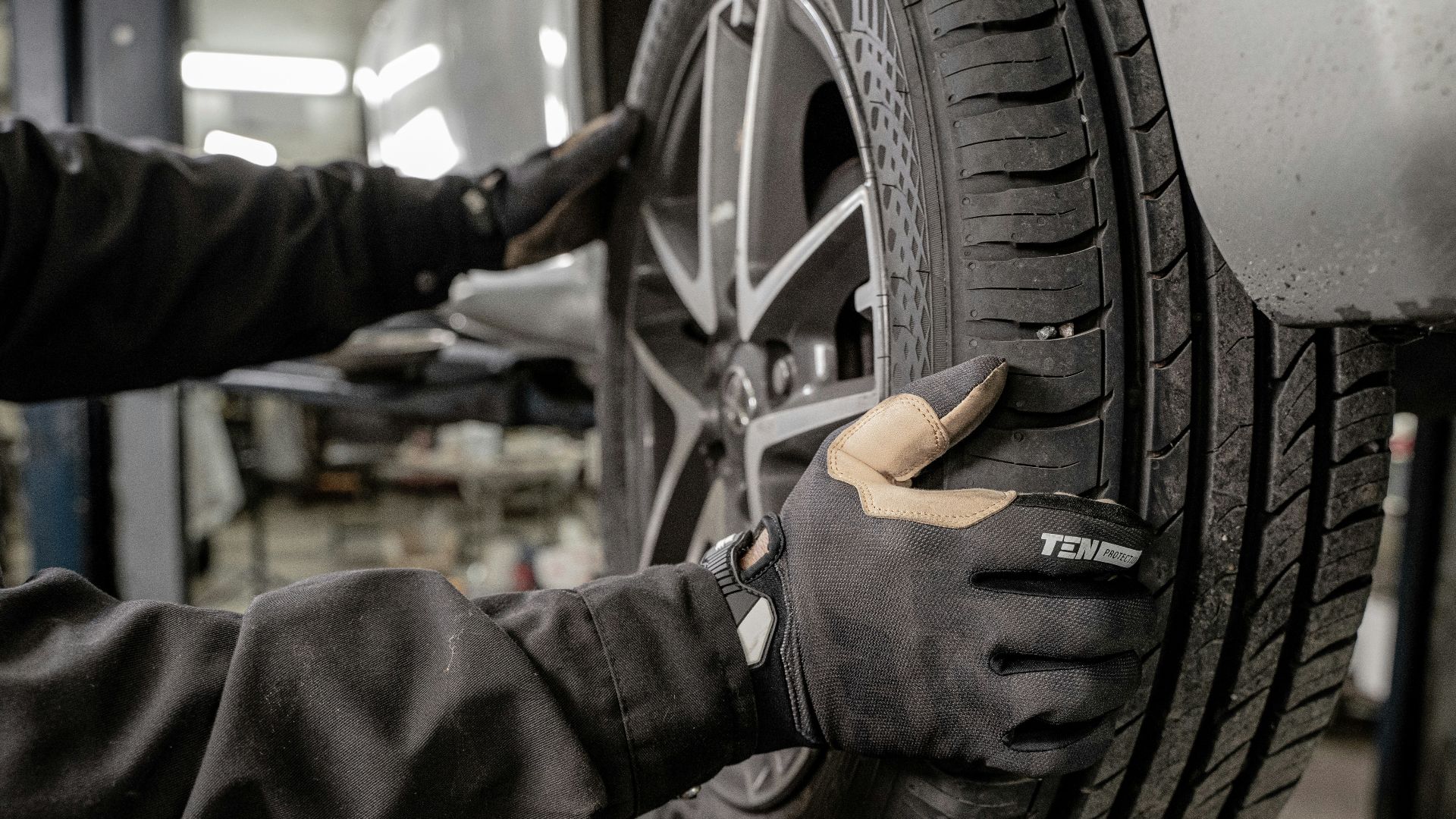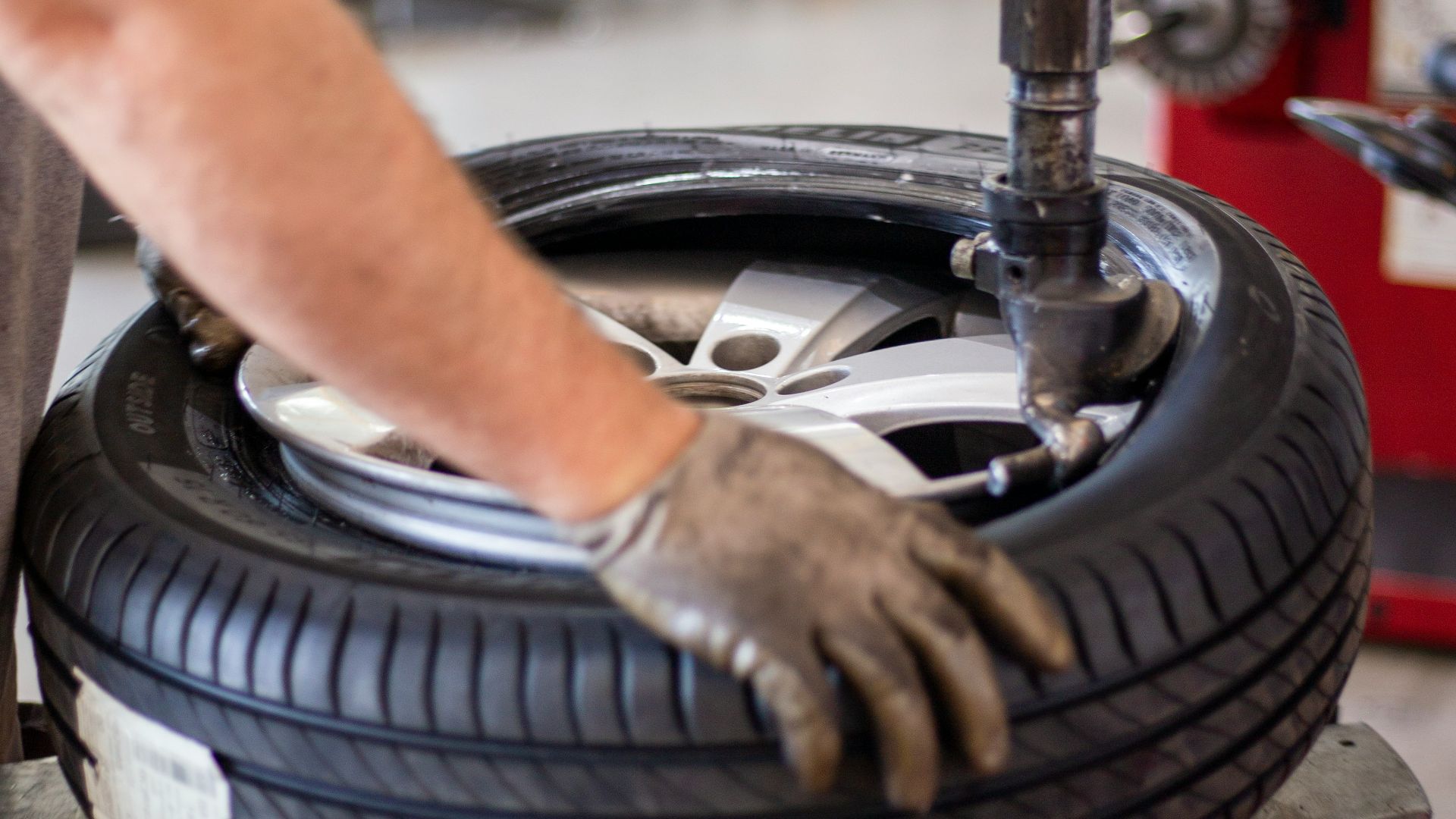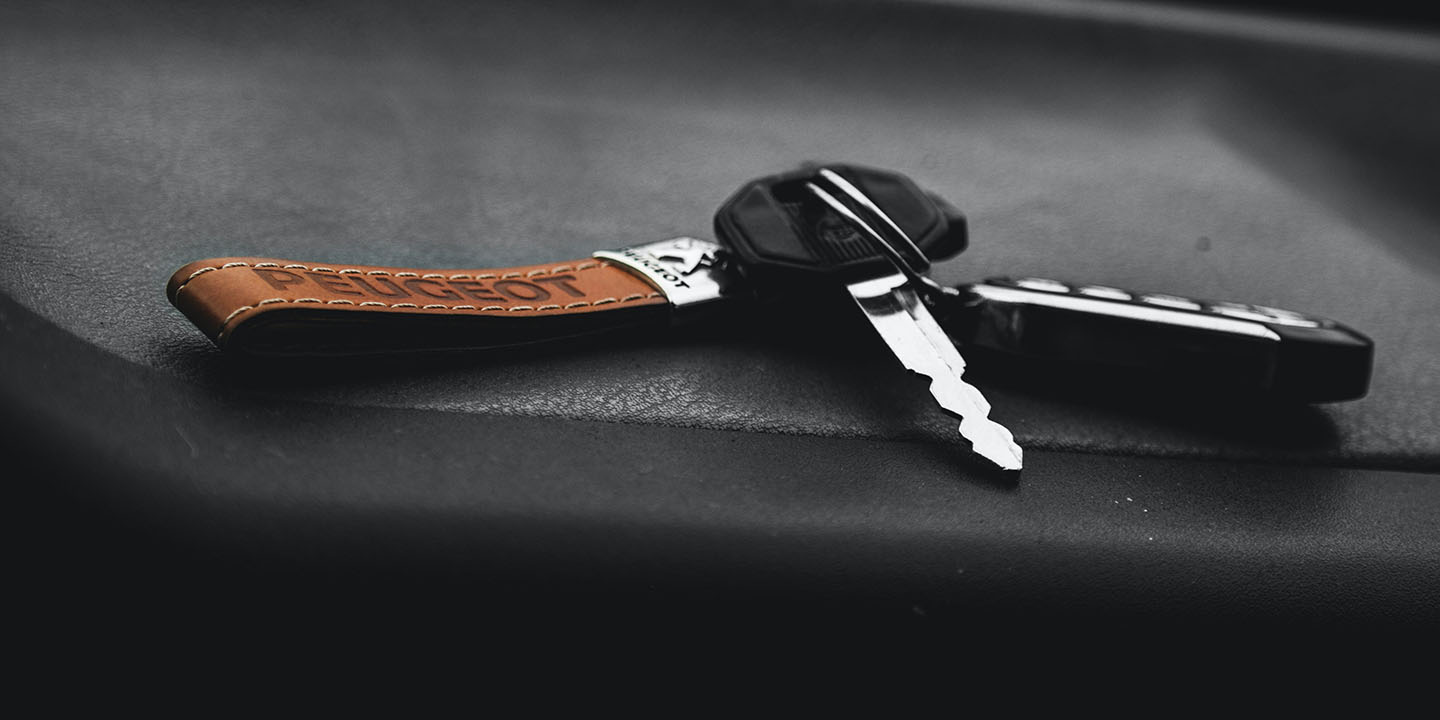 Jimmy Nilsson Masth on Unsplash
Jimmy Nilsson Masth on Unsplash
Tires are one of the most critical, and most neglected, components of your vehicle. They’re what connect your car to the road, support its weight, and influence how safely and smoothly you drive. Yet for something so fundamental, most drivers only think about their tires when something goes wrong: a flat, a sudden blowout, or a tread indicator that arrives just moments too late. The truth is, tire longevity isn’t just a matter of luck. With a little know-how and some simple habits, you can significantly prolong the life of your tires and save yourself hundreds, or even thousands, of dollars over the years.
What Affects Tire Longevity
The first step in reducing your tires’ wear is to understand what factors affect the time it takes for them to wear down. Believe it or not, the number is quite high! A number of aspects, from how you drive to the tire’s design and construction, can lead to your tires wearing down.
If you drive your car smoothly and slowly, you give your tires a far better chance of survival than if you swerve around corners or brake harshly and suddenly. Abrupt stops and acceleration build up unnecessary friction that will quickly chew away at your tread.
The quality of roads also has an impact. The smoother a surface, the better it is for your tires. Asphalt, gravel, dirt roads, and pothole-littered streets will chew through kilometres far quicker. Bumps and uneven surfaces can also affect alignment, resulting in irregular wear.
Finally, the construction of the tire itself has an impact on wear. Some tires are better built than others. Some brands come with warranties as high as 128,000 kilometres. Others are simply not constructed with longevity in mind and are made to last as little as 48,000 kilometres. All this is determined by the quality of the rubber and the tread.
The good news is that understanding the factors involved is half the battle. The next step is to act on that knowledge.
How to Make It Last
Want to get the most out of your tires? Want tires that are as close to “forever” as possible? Follow these tips and you’ll be in good shape.
You can’t drive with all-season tires in a Canadian winter. Switch to winter tires in Hamilton, Burlington, and elsewhere in Ontario as the weather cools. This isn’t only safer, it also eases wear on both sets of tires, which will last longer. Similarly, proper inflation is the first step in maximizing the life of your tires. Under-inflated tires heat up and wear out more quickly. Over-inflated tires are less stable and wear down on the inside. Proper PSI is shown on the sticker on the inside of the driver’s door, so a monthly check can easily add years to your tire life.
When it comes to braking, hit the brakes early so you don’t have to come to a sudden stop. Abrupt friction is wear. By slowing down more gradually, your tires have a chance to keep an even wear pattern. Likewise, curbs, potholes, and even an unswept bump can throw alignment off. Poorly aligned tires will wear unevenly and can quickly break down. Check twice a year to keep things straight.
Tires naturally wear differently on one side of a vehicle compared to the other. Rotating them regularly (every 9,600 to 12,800 kilometres or 8,000 to 12,000 for AWD) evens out wear and can extend their life. Uneven weight causes vibrations and uneven tread loss. Have tires balanced upon installation, then as needed after that for continued, smooth driving.
Finally, you’ll want to keep treadwear rating in mind. Treadwear rating is a way of standardizing how long a tire lasts. 500 is middle-of-the-road. Check the ratings before buying to make sure you’re buying quality, not hoping for the best.








